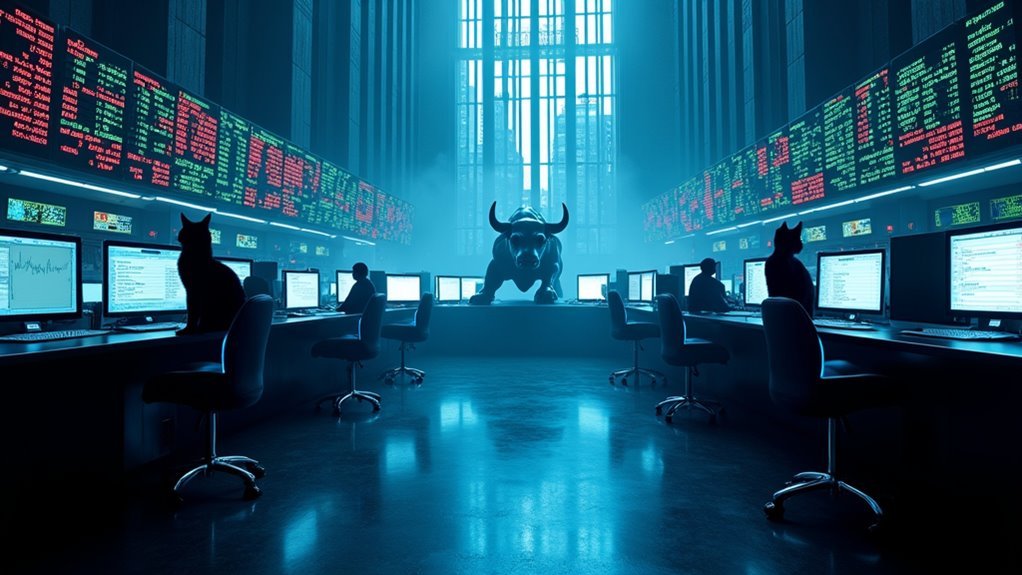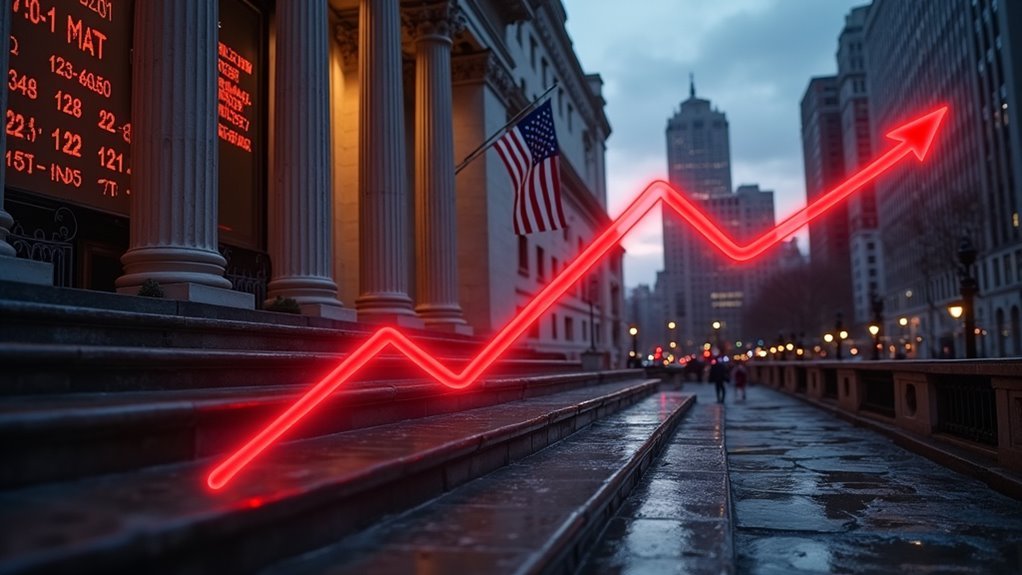Wall Street’s latest sell-off has thrown investors into a familiar bout of panic.
With the S&P 500 plunging over 10% in less than a month and the VIX fear gauge hovering above 20 for nearly two weeks straight, markets are clearly spooked. Trump’s tariff threats aren’t helping either.
Sure, things look technically oversold.
The S&P 500’s relative strength index has dipped below 30 for the first time since October, and only 25% of stocks are trading above their 20-day moving averages. Recent data shows consumer prices rose at the slowest pace in four months.
But here’s the thing – this bounce probably won’t stick.
Major Wall Street firms aren’t buying it. Deutsche Bank thinks there’s more pain ahead.
Morgan Stanley’s calling it a mere “tradable rally.” Even typically bullish Citigroup isn’t recommending buying the dip.
When the big boys aren’t jumping in, that’s usually a red flag.
The technical picture isn’t exactly pretty.
The Nasdaq 100 is swimming below its 200-day moving average, and the broader market needs to clear some serious technical hurdles around 5,975 before anyone should get excited. High-frequency trading accounts for more than half of daily market volume, which could amplify any potential downturn.
Big tech stocks – you know, the ones that usually lead the charge – are sitting this rally out.
Tesla, Nvidia, and the gang all closed in the red.
There’s a wall of worry ahead.
The Fed’s rate decision looms on March 19, followed by triple witching day.
Then there’s Trump’s April 2 tariff deadline hanging over everyone’s head like a cartoon anvil.
Oh, and earnings season kicks off April 11. Good times.
Sure, some optimists are still predicting the S&P 500 could hit 7,000 if the tariff drama gets resolved.
But with consumer confidence at its lowest since 2022 and Delta Air Lines warning about weak domestic demand, that feels more like wishful thinking.
The market’s trying to price in both “Trump 2.0” policies and AI boom expectations – and that’s one messy equation.
Investor stock holdings have declined but not quite to the extreme lows seen during previous trade wars.
Bottom line?
This oversold bounce feels more like a head fake than the start of something bigger.
Sometimes the obvious play is the right one.




